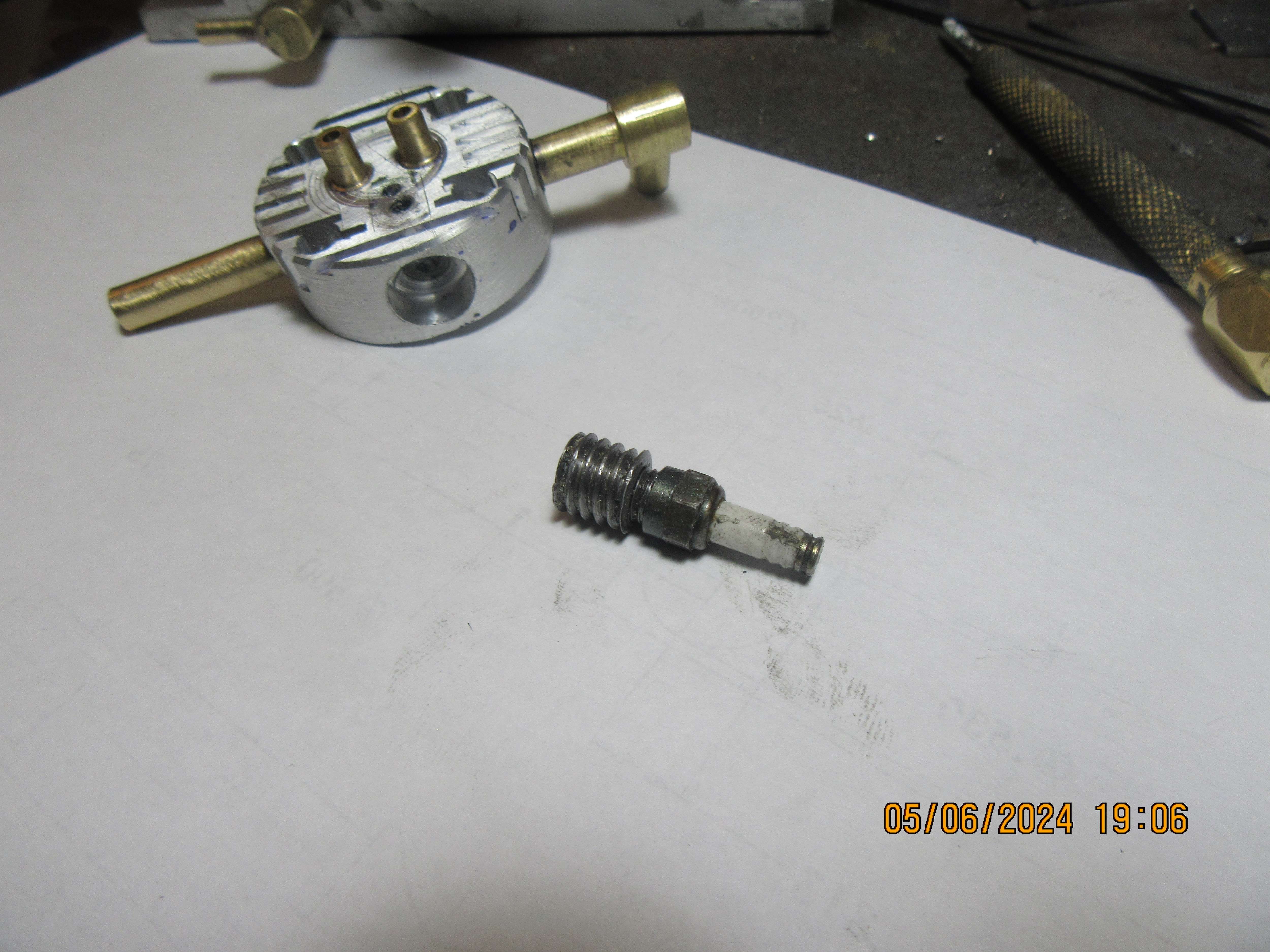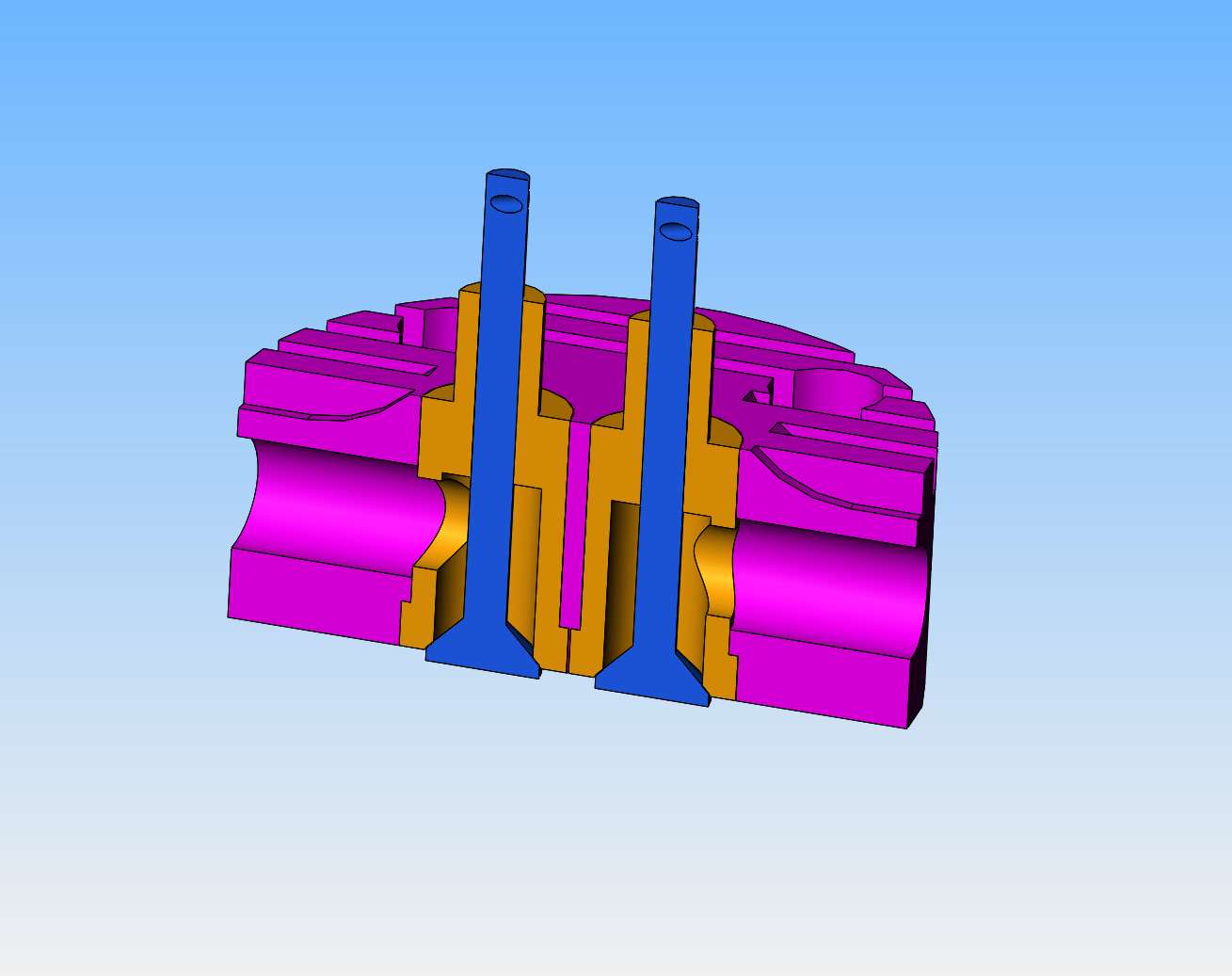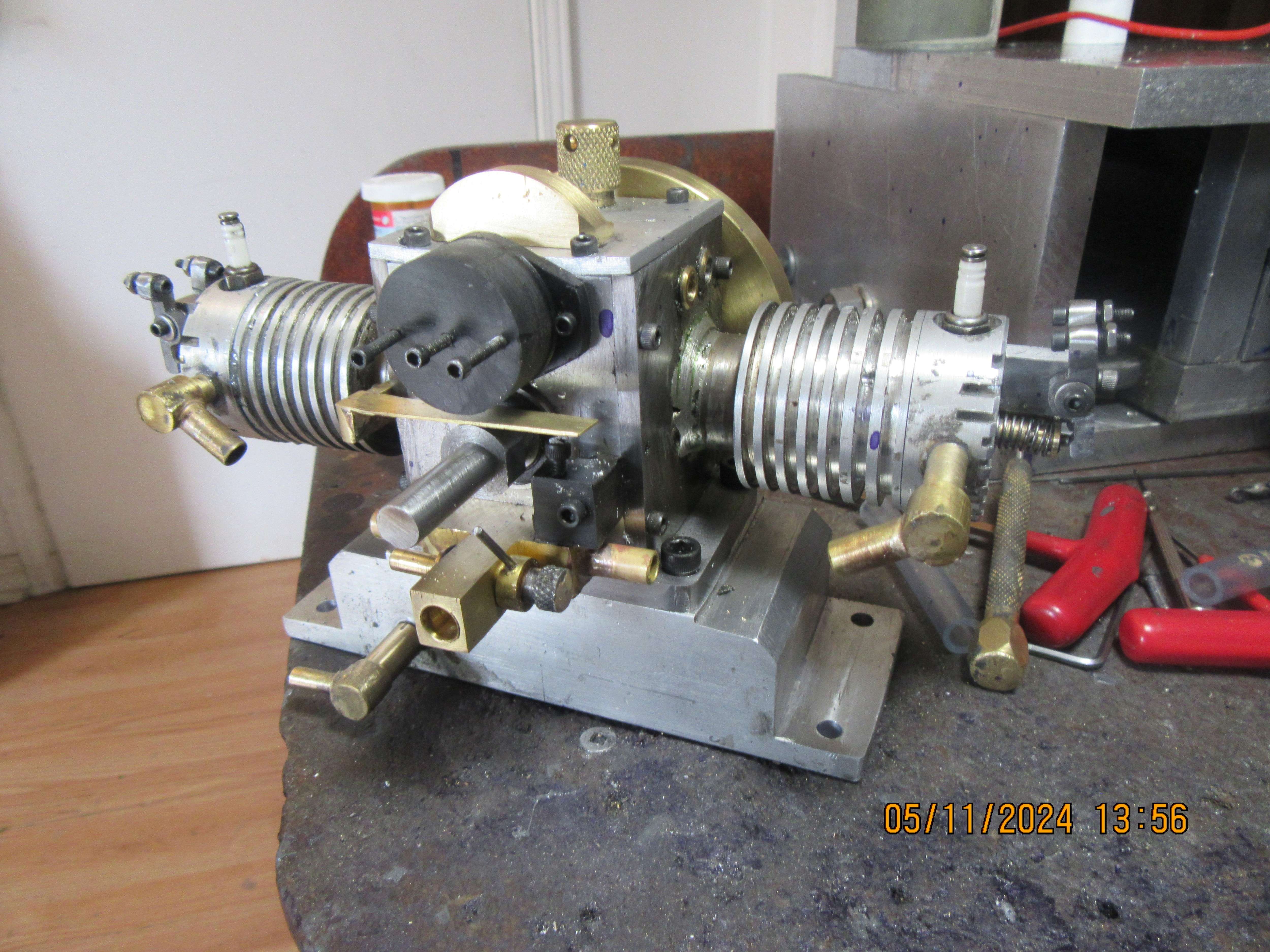If you run out of things to make, just enjoy more time with dear wife...
I too have a dear wife, so appreciate when she takes priority over the model work. (I.E. ALWAYS!).
K2
I too have a dear wife, so appreciate when she takes priority over the model work. (I.E. ALWAYS!).
K2






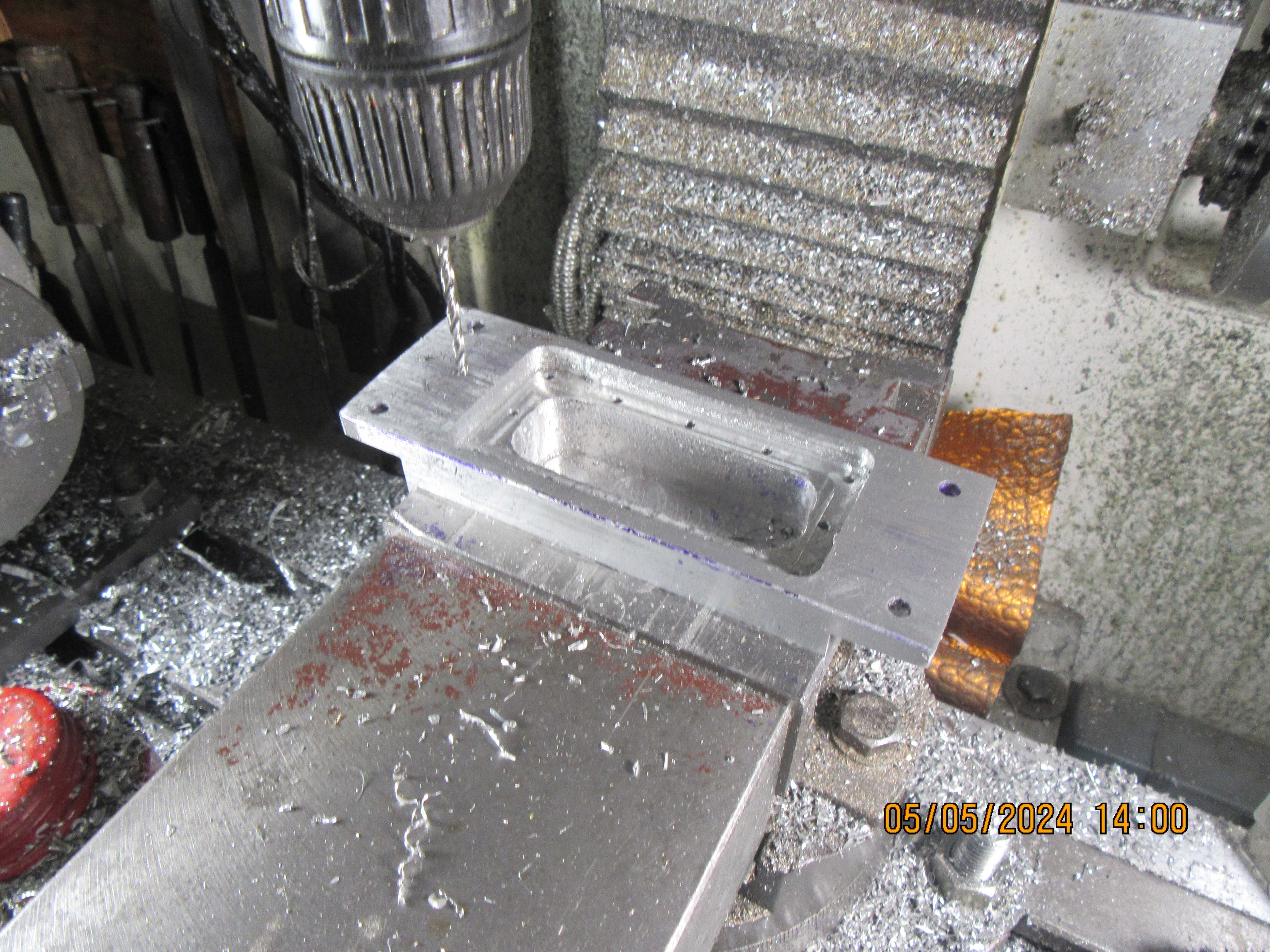

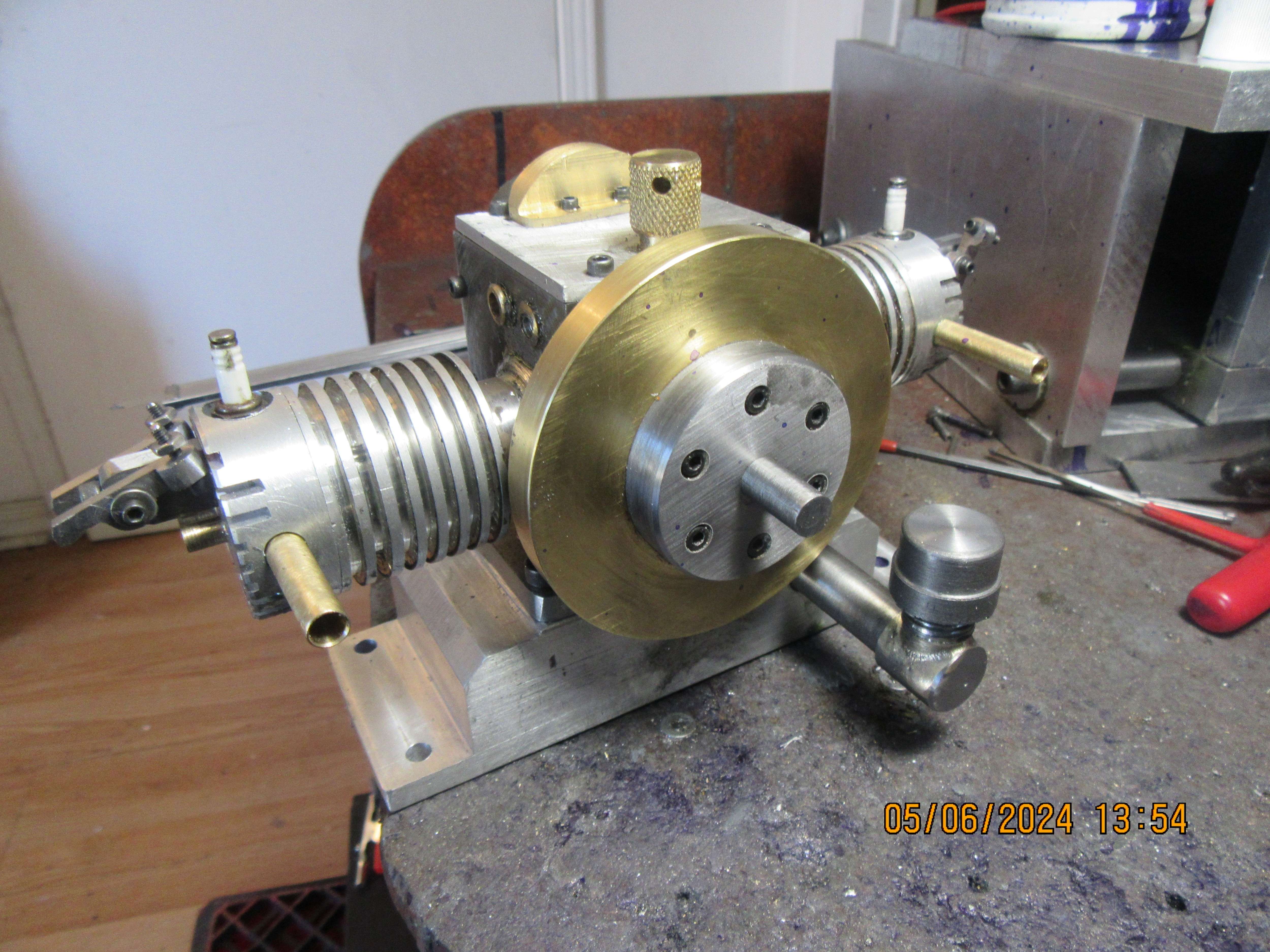

















![DreamPlan Home Design and Landscaping Software Free for Windows [PC Download]](https://m.media-amazon.com/images/I/51kvZH2dVLL._SL500_.jpg)


















![MeshMagic 3D Free 3D Modeling Software [Download]](https://m.media-amazon.com/images/I/B1U+p8ewjGS._SL500_.png)









